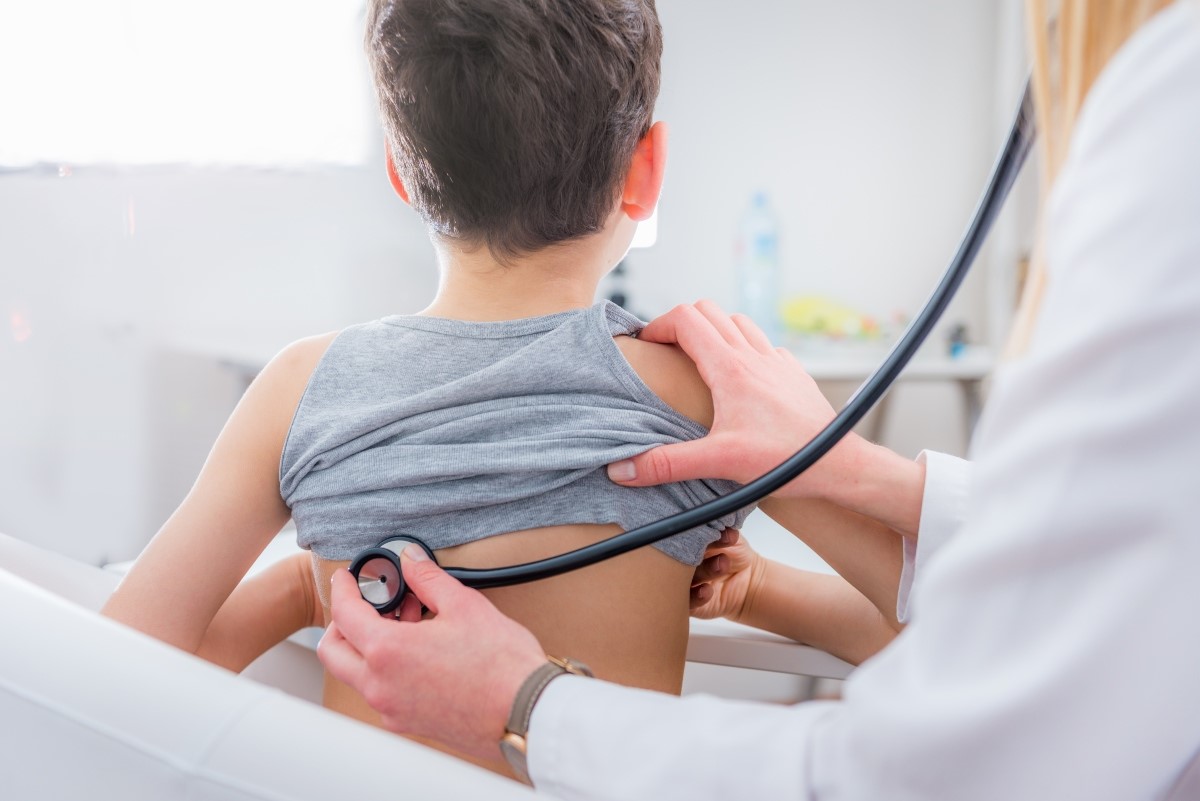
Bronchitis: symptoms and treatment
What is Bronchitis? The suffix “itis” in medicine indicates a state of inflammation, for which bronchitis is simply the inflammation of the mucous membrane that lines the bronchi, the most important airway in the passage of air to the lungs
The causes that can generate this pathological condition are essentially of two types: a toxic cause, in which a substance foreign to the body comes into contact with the bronchial mucosa causing irritation, or an infectious cause, in which this process is caused by a bacterium or from a virus.
In the first case, the origin of bronchitis is due, in most cases, to the habit of smoking, which is the most frequent and serious cause of bronchial and pulmonary disease.
It is necessary to remember the harmful action exercised not only by active smoke, but also by passive smoke, by toxic gases and environmental dusts (pollution, particular professions that expose them to these agents), by substances capable of triggering allergies such as pollen and airborne antigens .
In the second case, bacteria or, much more often, viruses come into play.
The acute or chronic form of bronchitis
Depending on its course, bronchitis can be acute or chronic.
Acute bronchitis usually occurs after a respiratory infection of viral origin, has a sudden onset and, if treated appropriately, heals without leaving after-effects or residues.
Chronic bronchitis, on the other hand, is the result of prolonged exposure to agents that have damaged the bronchi, with little or no chance of recovery.
When the chronic inflammatory state lasts for weeks, months or years, the bronchial mucosa thickens, causing a narrowing of the bronchial lumen and ever-increasing difficulty in breathing: the patient breathes with difficulty because his airways are reduced in diameter, and the condition called COPD, i.e. chronic obstructive pulmonary disease, occurs, which can lead the subject to severe respiratory failure and consequent death.
Symptoms of bronchitis
The main typical symptoms of acute bronchitis are represented by the usual symptoms of infectious disease (fever, fatigue, headache, joint pain) which are joined by the signs caused by bronchial inflammation: cough, production of abundant mucus, white or yellowish-white in color chest pain when coughing, difficulty breathing.
In chronic bronchitis, on the other hand, we have dyspnoea as a fundamental sign, i.e. difficulty breathing, with a shortening of inhalation and exhalation (differentiating in this from asthma, in which there is mainly a difficulty in exhaling air from the lungs) .
In addition to dyspnoea, cough and easy tiredness, in the most serious cases there is also a characteristic sign, due to poor oxygenation of the blood: the skin color changes, passing from the usual rosy to cyanotic, i.e. to a dark colour, tending towards purplish.
Furthermore, in the chronic form, bronchitis predisposes to respiratory infections, which only aggravate the picture and worsen the symptoms already present.
Bronchitis diagnosis
First of all, the medical examination is essential, which is already able by itself to recognize bronchial inflammation through a well-done semiotics, differentiating bronchitis from asthma.
The medical examination can be followed by respiratory assessment tests (chest X-ray, chest CT scan, spirometry, blood tests to demonstrate poor oxygenation).
Prognosis of bronchitis
The acute forms generally heal quickly and without aftermath, while the chronic forms are difficult to resolve: at best they can be kept under control, allowing the patient a reasonable life without however being able to intervene to restore the irreversibly damaged bronchial function.
An indispensable condition, of course, is the total and definitive renunciation of smoking, also avoiding any contact with agents that can irritate the bronchial tubes, so as not to worsen the situation.
Prevention and treatment of bronchitis
The prevention of bronchitis is based on giving up active and passive smoking and on avoiding contact with agents that can irritate the respiratory tract.
From a symptomatic point of view, it is essential to be able to expel the mucus produced in excess, taking plenty of liquids in order to hydrate the airways and inhaling warm, humid air (the old grandmother’s method of letting the vapor produced by the dissolved sodium bicarbonate breathe in boiling water is still today an excellent emollient, cost almost zero and easy to make at home).
The use of nebulizers can also facilitate the expectoration of mucus from the airways.
In forms with a large inflammatory component, the use of corticosteroids is beneficial, while in the advanced stages of COPD, the use of oxygen is indispensable.
Obviously, if an infection is present, the treating doctor will prescribe a suitable therapy, which in the case of a bacterial infection is based on the use of antibiotics, while in the case of a viral infection (the most frequent) consists of simple symptomatic drugs and no antibiotics should be used, as these would only cause damage.
Read Also:
Emergency Live Even More…Live: Download The New Free App Of Your Newspaper For IOS And Android
Blind Insertion Airway Devices (BIAD’s)
Oxygen-Ozone Therapy: For Which Pathologies Is It Indicated?
Hyperbaric Oxygen In The Wound Healing Process
Venous Thrombosis: From Symptoms To New Drugs
What Is Intravenous Cannulation (IV)? The 15 Steps Of The Procedure
Nasal Cannula For Oxygen Therapy: What It Is, How It Is Made, When To Use It
Pulmonary Emphysema: Causes, Symptoms, Diagnosis, Tests, Treatment
Extrinsic, Intrinsic, Occupational, Stable Bronchial Asthma: Causes, Symptoms, Treatment
A Guide To Chronic Obstructive Pulmonary Disease COPD
Bronchiectasis: What Are They And What Are The Symptoms
Bronchiectasis: How To Recognise And Treat It
Pulmonary Vasculitis: What It Is, Causes And Symptoms
Bronchiolitis: Symptoms, Diagnosis, Treatment
Chest Pain In Children: How To Assess It, What Causes It
Bronchoscopy: Ambu Set New Standards For Single-Use Endoscope
What Is Chronic Obstructive Pulmonary Disease (COPD)?


